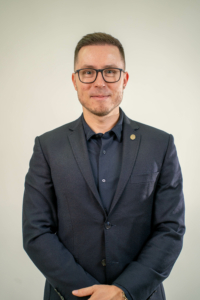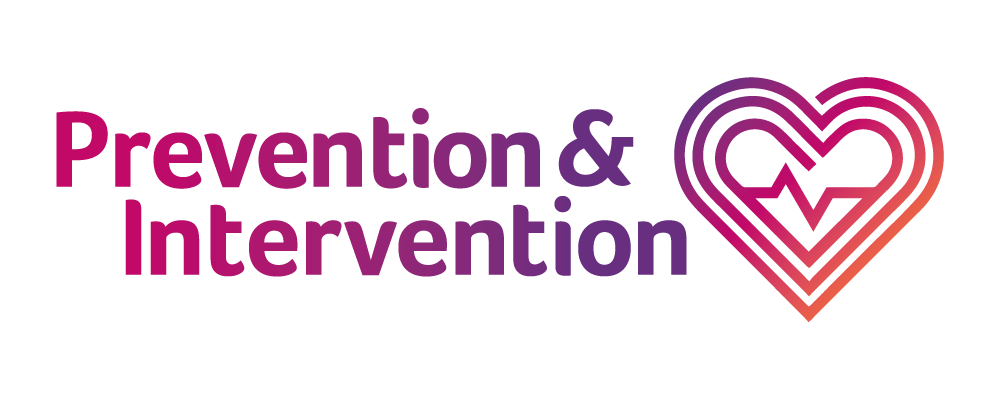© 2023-2025 Prevention & Intervention
Creating an Inclusive Environment for LGTBQIA+ Patients and Populations: A Culturally Competent Approach to Preventative Care
Time:
Friday, 10.10.2025
16:00 – 18:00

Anthony Dissen
Chair
Prevention & Intervention
Michał Czapla
Chair
Prevention & InterventionWorkshop Description
LGBTQIA+ individuals face unique health disparities and challenges in healthcare settings that can impact their overall wellbeing, their risk for chronic diseases, and their willingness to seek out medical care. While there has been progress globally in legal protections and social acceptance of LGBTQIA+ people, significant health disparities persist due to factors such as minority stress, discrimination, and systemic barriers to care. This workshop is focused on equipping physicians and healthcare professionals with the knowledge, skills, and dispositions necessary to foster an inclusive, affirming, and culturally competent care environment for LGBTQIA+ patients.
Learning Objectives
• Understand the impact of minority stress on LGBTQIA+ individuals and how it impacts and influences their health outcomes
• Identify key social determinants of health that contribute to disparities in LGBTQIA+ populations
• Recognize and mitigate microaggressions in clinical interactions
• Implement best practices for creating a welcoming, competent, and affirming healthcare environment
• Identify key social determinants of health that contribute to disparities in LGBTQIA+ populations
• Recognize and mitigate microaggressions in clinical interactions
• Implement best practices for creating a welcoming, competent, and affirming healthcare environment
Key Topics Covered
1. Understanding Minority Stress and Its Health Implications
LGBTQIA+ individuals experience a unique form of stress known as minority stress, which stems from chronic exposure to discrimination, stigma, and social exclusion. Research shows that this stress contributes to higher rates of anxiety, depression, substance use disorders, and suicidal ideation within LGBTQIA+ populations. Additionally, healthcare-related discrimination—such as being misgendered, denied services, or facing judgment—can lead to medical avoidance, delays in seeking care, and poorer health outcomes. In this section, participants will explore real-world examples of how minority stress manifests in clinical settings and discuss strategies for reducing its impact.
2. Social Determinants of Health: Barriers to Equitable Care
Social determinants of health (SDOH) are the environmental, economic, and social factors that shape an individual’s well-being. For LGBTQIA+ populations, these determinants often include:
• Discrimination in employment and housing, leading to economic instability and lack of healthcare access.
• Higher rates of homelessness, particularly among LGBTQIA+ youth.
• Barriers to insurance coverage, such as exclusions for gender-affirming care.
• Stigma in medical settings, discouraging preventative care and routine screenings.
Participants will learn how to address these barriers through policy advocacy, community partnerships, and individualized patient support.
3. Microaggressions in Healthcare: Identifying and Mitigating Harm
Microaggressions—subtle, often unintentional comments or behaviors that convey bias or exclusion—can significantly impact LGBTQIA+ patients’ trust in healthcare providers. Examples include:
• Assuming a patient’s gender or pronouns.
• Making inappropriate inquiries about a patient’s sexual history or identity.
• Expressing surprise at a patient’s relationship status or family structure.
Through case studies and role-playing exercises, participants will develop strategies to recognize and correct microaggressions in real time.
4. Creating an Inclusive Care Environment
The workshop will conclude with actionable steps for building an LGBTQIA+-affirming healthcare practice, including:
• Using inclusive language and correct pronouns.
• Updating intake forms and electronic health records to reflect gender diversity.
• Implementing staff training on LGBTQIA+ cultural competence.
• Establishing clear non-discrimination policies within the practice.
This interactive workshop will provide physicians and healthcare professionals with practical tools to foster a healthcare environment where LGBTQIA+ patients feel safe, respected, and empowered to receive the care they deserve.
